Meal Plan Like A Pro
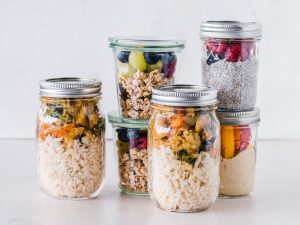 People who come to Next Level Fitness in Irvine, CA, know that they’re getting more than a gym. One benefit offered is nutrition education. Eating healthy is just as important, if not more important, than exercise. Knowing the healthiest foods can only help you if you eat them, but too often, life can become too busy and overwhelming. That’s often when people opt for fast foods and unhealthy, but quick, options. If you choose to meal plan you won’t have that problem. You’ll have meals ready to heat and serve during the busy work week in less time than it takes to get drive-through food.
People who come to Next Level Fitness in Irvine, CA, know that they’re getting more than a gym. One benefit offered is nutrition education. Eating healthy is just as important, if not more important, than exercise. Knowing the healthiest foods can only help you if you eat them, but too often, life can become too busy and overwhelming. That’s often when people opt for fast foods and unhealthy, but quick, options. If you choose to meal plan you won’t have that problem. You’ll have meals ready to heat and serve during the busy work week in less time than it takes to get drive-through food.
It takes time at first, but it’s worth it.
Using the information provided through nutritional counseling, you’re armed with all you need to start planning your meals. Midweek, plan the meals for the following week using the nutritional guidance we provide. Some apps are available that can help, if you want more help. Make sure you include snacks in your meal plan. If you don’t, you might find yourself grabbing options that are far less healthy at the gas station/convenience store or from the office vending machine.
Try to use meats and vegetables several ways throughout the week.
Are you having roasted chicken for one meal? Use the leftover chicken for chicken salad and the bones for soup on another day. Maybe you have roasted veggies with the chicken. They can top a baby green spring salad or add to a Buddha bowl. Once you plan the meals, make a grocery list, then check the fridge and the cupboards to make sure you don’t already have those ingredients. Some people work it in reverse, checking cans and freezer items for use-by dates and creating a menu around those items close to their use by-date.
Shop on a Friday night, making certain you go after you eat dinner.
That’s an important key to both saving money and staying healthier. If you’re full that snack aisle doesn’t call your name, nor does the pastry aisle beckon you. Spend the weekend cooking. It doesn’t have to take all day. You can cook several meals at once in your oven, chop all the veggies at once and bag some for snacks. Some people have crockpots, stove tops, ovens and microwaves going all at once, so several meals are cooking at one time. That cuts overall kitchen time in half. Once everything is prepared, put the food in individual containers to heat and serve.
- If you have bones left over, but not enough for bone broth, put them in a labeled freezer bag and save them until you have enough for making broth. Bone broth is filled with nutrients. It’s a healthier option for a soup base or can be consumed by the cupful as a snack.
- You can double the recipe and make enough to store for later. Always put a date and what you made on your freezer container. You may think you’ll remember, but most people don’t.
- Having snacks available is important, especially if you have goals to reach. Have fresh fruit, veggies and dip, trail mix, popcorn or other healthy snacks ready for those times. Items like cantaloupe should be cut and ready to eat.
- Is saving money part of the game plan? Try a meatless Monday and plan meals around seasonal fruits and vegetables. When making the grocery list, check online for sales at stores close to you and look for coupons.
For more information, contact us today at Next Level Fitness

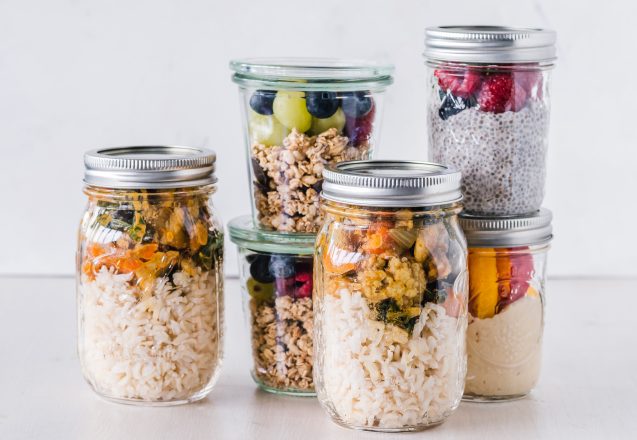
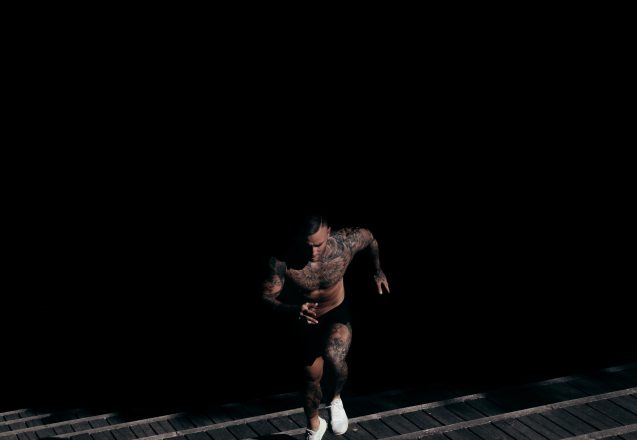
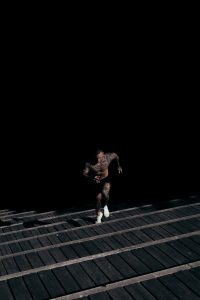 You may have heard that cardio burns tons of calories and is great for weight loss. That’s partially true, but not the entire story. Just doing cardio doesn’t improve all types of fitness. You need strength, balance and flexibility training, too. Cardio also isn’t the only type of training that burns lots of calories. Strength training will also torch those calories quickly. Strength-building also has other benefits that make it a great option for your weight loss program.
You may have heard that cardio burns tons of calories and is great for weight loss. That’s partially true, but not the entire story. Just doing cardio doesn’t improve all types of fitness. You need strength, balance and flexibility training, too. Cardio also isn’t the only type of training that burns lots of calories. Strength training will also torch those calories quickly. Strength-building also has other benefits that make it a great option for your weight loss program.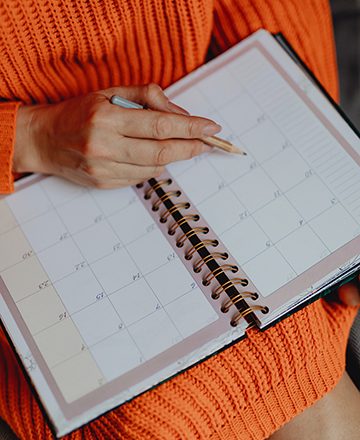
 If you’ve never worked out or had a regular program of exercise, it’s difficult to judge how intense, how long and how often to workout as a beginner. It’s one reason working with a personal trainer is so popular, especially when you’re also trying to learn the proper form for each exercise, while building a workout that provides all types of fitness and works all parts of the body. One question is relatively simple to answer. How much time do you spend exercising?
If you’ve never worked out or had a regular program of exercise, it’s difficult to judge how intense, how long and how often to workout as a beginner. It’s one reason working with a personal trainer is so popular, especially when you’re also trying to learn the proper form for each exercise, while building a workout that provides all types of fitness and works all parts of the body. One question is relatively simple to answer. How much time do you spend exercising?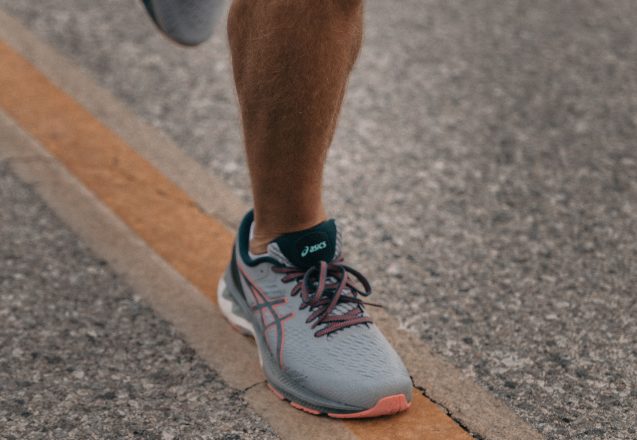
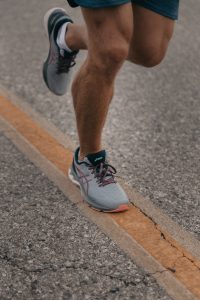 If getting into shape was one of your 2023 resolutions, you may be one of the hundreds now jogging, sprinting or running in Irvine, CA. Not all running shoes are the same. Walking shoes differ from shoes you use for jogging and those you use for sprinting. Sprinting has explosive movements for a shorter period. It helps burn fat, while building the legs and abs. Because it’s high intensity for a short period, it is a HIIT—high intensity interval training—workout, since the intensity volleys between high intensity and a recovery pace.
If getting into shape was one of your 2023 resolutions, you may be one of the hundreds now jogging, sprinting or running in Irvine, CA. Not all running shoes are the same. Walking shoes differ from shoes you use for jogging and those you use for sprinting. Sprinting has explosive movements for a shorter period. It helps burn fat, while building the legs and abs. Because it’s high intensity for a short period, it is a HIIT—high intensity interval training—workout, since the intensity volleys between high intensity and a recovery pace.
 With all the noise and nerve racking urgency of living in the big city, it’s nice to get back to nature and go on a hike. Hikes can vary from a short day in a nearby wooded area to traveling to a remote location that takes several days to reach. What you bring on a hike will vary by location, the amount of time you spend and the weather in that location. You also need to know how remote the location is and whether there is any type of access to cell networks or supplies along the way.
With all the noise and nerve racking urgency of living in the big city, it’s nice to get back to nature and go on a hike. Hikes can vary from a short day in a nearby wooded area to traveling to a remote location that takes several days to reach. What you bring on a hike will vary by location, the amount of time you spend and the weather in that location. You also need to know how remote the location is and whether there is any type of access to cell networks or supplies along the way.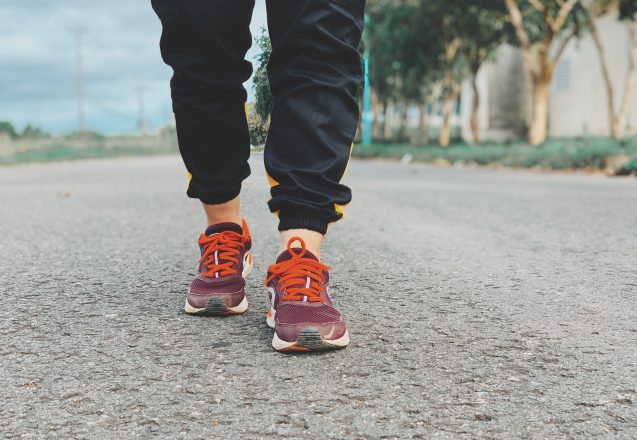
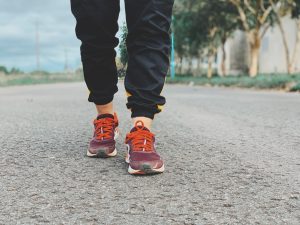 Clients come to Next Level Fitness in Irvine, CA, for a number of reasons. Some want to learn the art of discipline, others are looking for an outlet and to have some fun, while still another group come specifically to get fit. Getting fit and staying fit comes from engaging in physical activity, but not everyone does it. Whether it’s dancing, walking or doing Muay Thai, you need to move your body to live a longer, healthier life. There’s no question about that. How much exercise do you need to achieve that goal and while something is better than nothing, is walking enough?
Clients come to Next Level Fitness in Irvine, CA, for a number of reasons. Some want to learn the art of discipline, others are looking for an outlet and to have some fun, while still another group come specifically to get fit. Getting fit and staying fit comes from engaging in physical activity, but not everyone does it. Whether it’s dancing, walking or doing Muay Thai, you need to move your body to live a longer, healthier life. There’s no question about that. How much exercise do you need to achieve that goal and while something is better than nothing, is walking enough?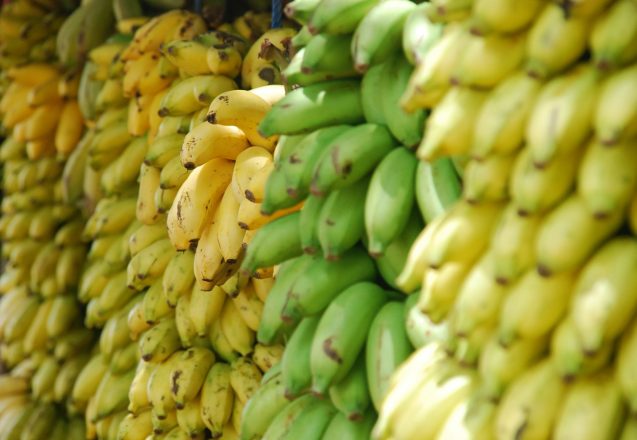
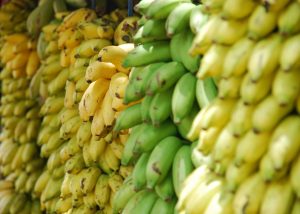 Plantains may look like a green or yellow banana on steroids, but they taste quite different from bananas. These 12-inch long banana style fruits taste more like a vegetable than fruit, with a starchy, rather than a sweet taste. While bananas can be eaten raw, plantains need to be cooked no matter what stage of ripeness. Both have a similar nutritional profile, besides looking the same, but plantains are starchy and lower in simple carbs. That’s what makes them good for fat loss, which is one of the benefits of plantains.
Plantains may look like a green or yellow banana on steroids, but they taste quite different from bananas. These 12-inch long banana style fruits taste more like a vegetable than fruit, with a starchy, rather than a sweet taste. While bananas can be eaten raw, plantains need to be cooked no matter what stage of ripeness. Both have a similar nutritional profile, besides looking the same, but plantains are starchy and lower in simple carbs. That’s what makes them good for fat loss, which is one of the benefits of plantains.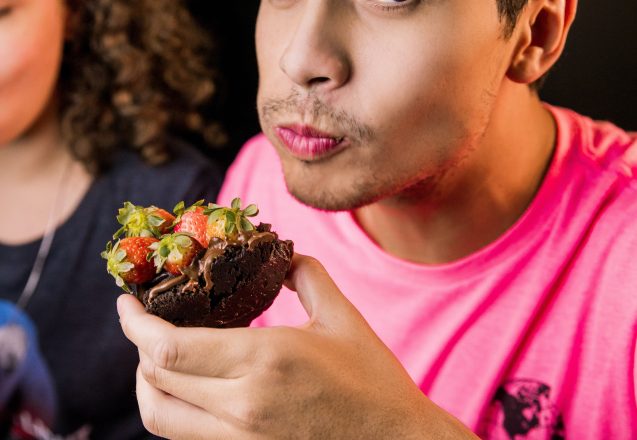
 Eating healthy is the key to losing weight. Whole foods are normally lower in calories and higher in nutrition than processed foods, so in most cases, it’s hard to eat too many calories. The caveat is that sometimes you want a sweet treat or a greasy burger. If you go out with friends, it’s hard to resist a New York pizza, burger, wings or cheesecake. Cheat days are meant for those times. While you’re eating more calories, some believe cheat days offer some benefits.
Eating healthy is the key to losing weight. Whole foods are normally lower in calories and higher in nutrition than processed foods, so in most cases, it’s hard to eat too many calories. The caveat is that sometimes you want a sweet treat or a greasy burger. If you go out with friends, it’s hard to resist a New York pizza, burger, wings or cheesecake. Cheat days are meant for those times. While you’re eating more calories, some believe cheat days offer some benefits.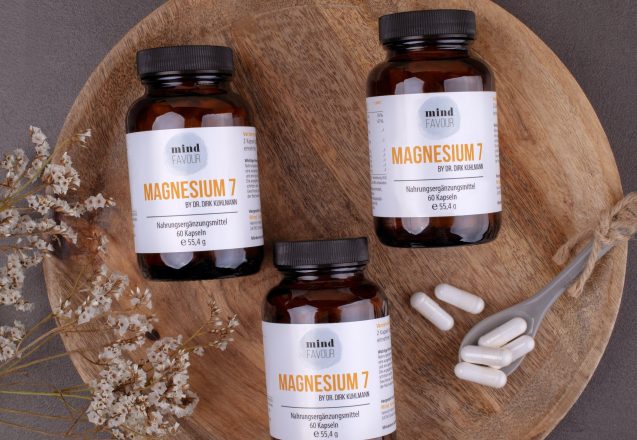
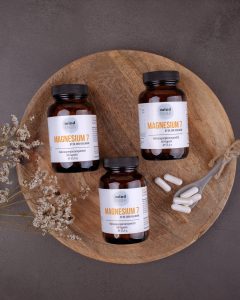 One of the top benefits of magnesium is its involvement in all the biochemical reactions in the body. Your body is literally a laboratory where hundreds of chemical reactions are occurring every minute. When you consider every cell in the body contains magnesium, you understand how important it is. Most of the magnesium in the body is in the bone, approximately 60%, with the rest in soft tissue, fluid, such as blood, and muscle tissue. It aids in reactions like creating protein, converting food to energy, repairing RNA and DNA, and regulating the nervous system.
One of the top benefits of magnesium is its involvement in all the biochemical reactions in the body. Your body is literally a laboratory where hundreds of chemical reactions are occurring every minute. When you consider every cell in the body contains magnesium, you understand how important it is. Most of the magnesium in the body is in the bone, approximately 60%, with the rest in soft tissue, fluid, such as blood, and muscle tissue. It aids in reactions like creating protein, converting food to energy, repairing RNA and DNA, and regulating the nervous system.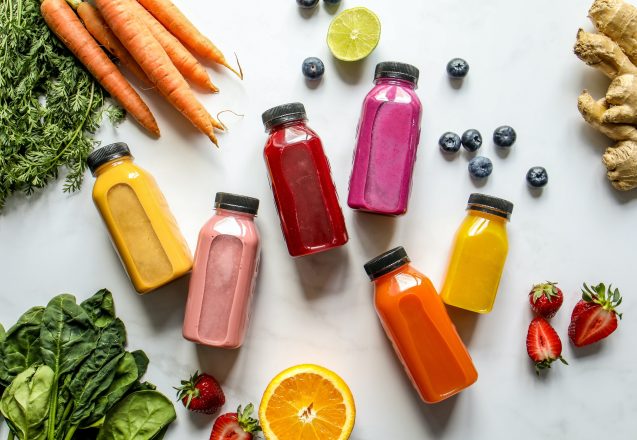
 Eating healthy is important for clients in Irvine, CA. Eating healthy also includes what you drink. Too often people opt for diet soda, thinking they’re saving calories, or fruit juice that isn’t fresh squeezed. The problem is that choosing those two drinks too often isn’t healthy. You might think you’re doing yourself a big favor if you choose a bottle of apple juice or give your child a fruit juice pouch, but it’s not necessarily true. It may be just fruit flavored, and similar to soft drinks without the fizzle. Even if it’s labeled 100% pure there are often artificial flavor packs added during the processing.
Eating healthy is important for clients in Irvine, CA. Eating healthy also includes what you drink. Too often people opt for diet soda, thinking they’re saving calories, or fruit juice that isn’t fresh squeezed. The problem is that choosing those two drinks too often isn’t healthy. You might think you’re doing yourself a big favor if you choose a bottle of apple juice or give your child a fruit juice pouch, but it’s not necessarily true. It may be just fruit flavored, and similar to soft drinks without the fizzle. Even if it’s labeled 100% pure there are often artificial flavor packs added during the processing.